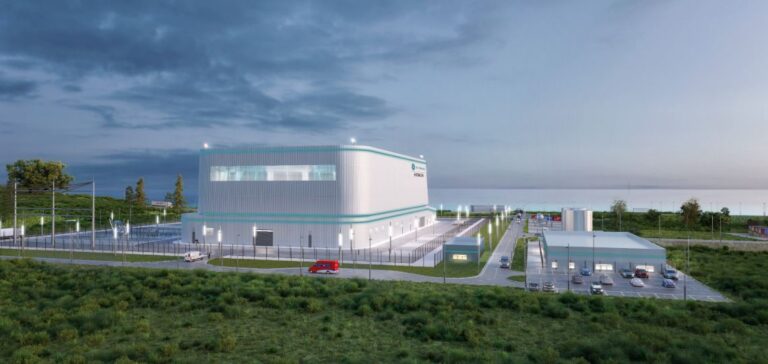Tennessee Valley Authority (TVA) has officially submitted an application to the Nuclear Regulatory Commission (NRC), the US nuclear safety authority, to construct a BWRX-300 type Small Modular Reactor (SMR) at the Clinch River site in the state of Tennessee. This marks the first such permit request in the United States for this technology, developed by GE Vernova Hitachi Nuclear Energy, formerly GE Hitachi Nuclear Energy.
An industry-backed project coalition
The project is part of a technical collaboration also involving Ontario Power Generation (OPG), Polish company Synthos Green Energy, and GE Vernova Hitachi Nuclear Energy (GVH). TVA is leading this initiative in coordination with a coalition of utilities and industrial partners who jointly applied for USD800mn in public funding to support construction activities, as well as a separate USD8mn grant to cover licensing review costs.
TVA has already obtained an early site permit for a SMR at Clinch River. This permit confirms that the site near Oak Ridge meets regulatory requirements in terms of safety, environmental impact, and emergency planning. A comprehensive Environmental Report has also been submitted to the NRC. TVA stated that site preparation works could begin as early as 2026.
A standardised model to accelerate deployment
The BWRX-300 is a 300-megawatt electric, natural-circulation, boiling water reactor. It is based on the design and certification framework of the ESBWR model, previously developed by GEH. Its modular design and smaller footprint are presented by project stakeholders as advantages for faster construction and easier grid integration.
TVA President and Chief Executive Officer Don Moul stated that this move establishes a path for other utilities considering the same technology. He added that TVA will work with the federal administration to accelerate the development of advanced nuclear solutions.
Cross-border momentum underway
Earlier this month, the Canadian province of Ontario authorised Ontario Power Generation to begin construction on a BWRX-300 unit at Darlington, the first of four planned. This parallel North American decision highlights a regional trend toward deploying modular reactors under aligned regulatory frameworks.
Craig Ranson, President and Chief Executive Officer of GVH, stated that TVA’s investment in the technology will help meet rising electricity demand while strengthening national energy security. He noted that these developments confirm the maturity and real-world applicability of the BWRX-300.






















